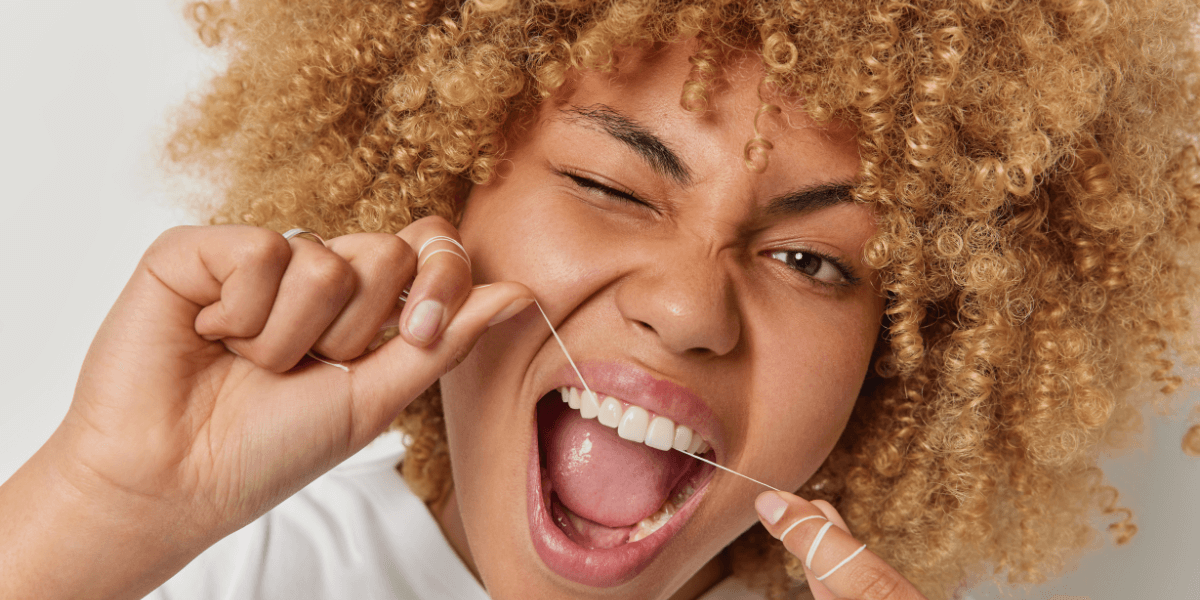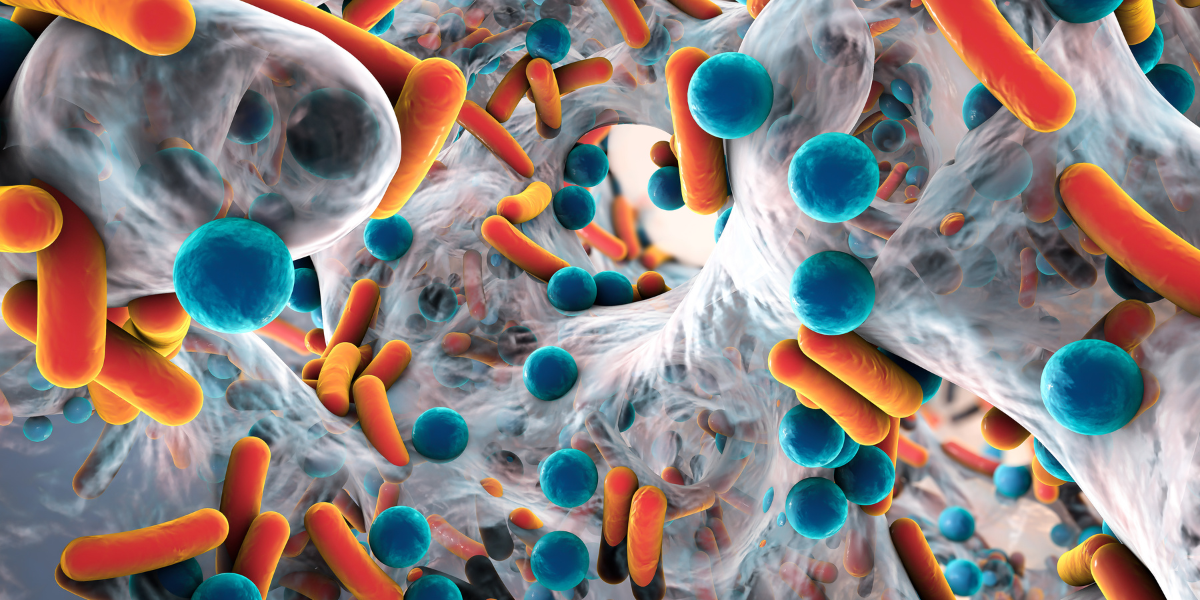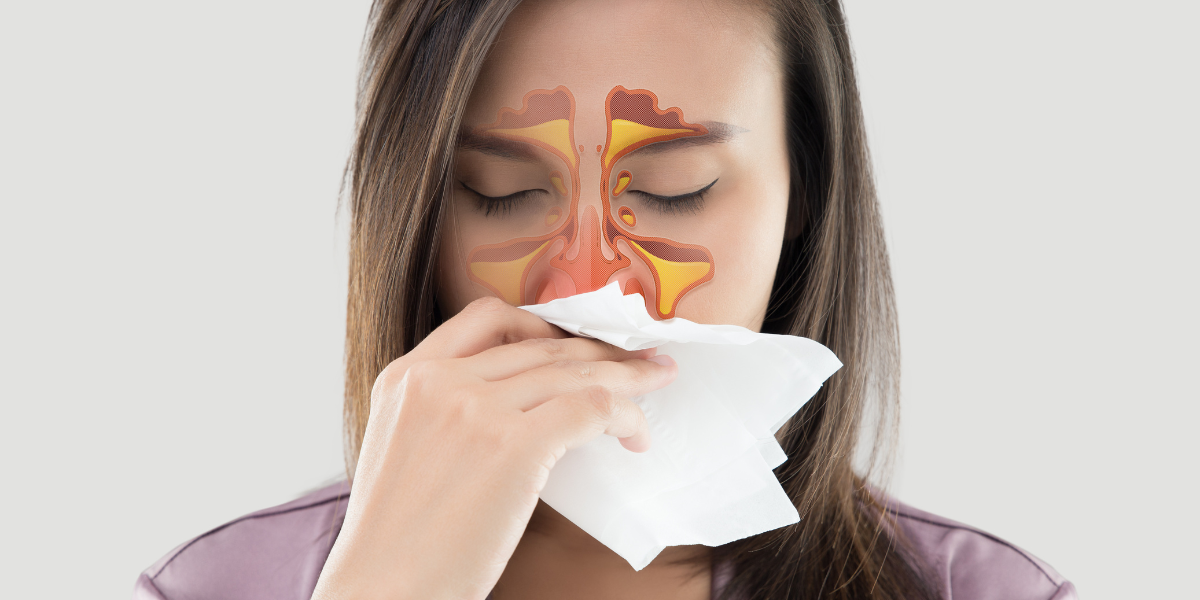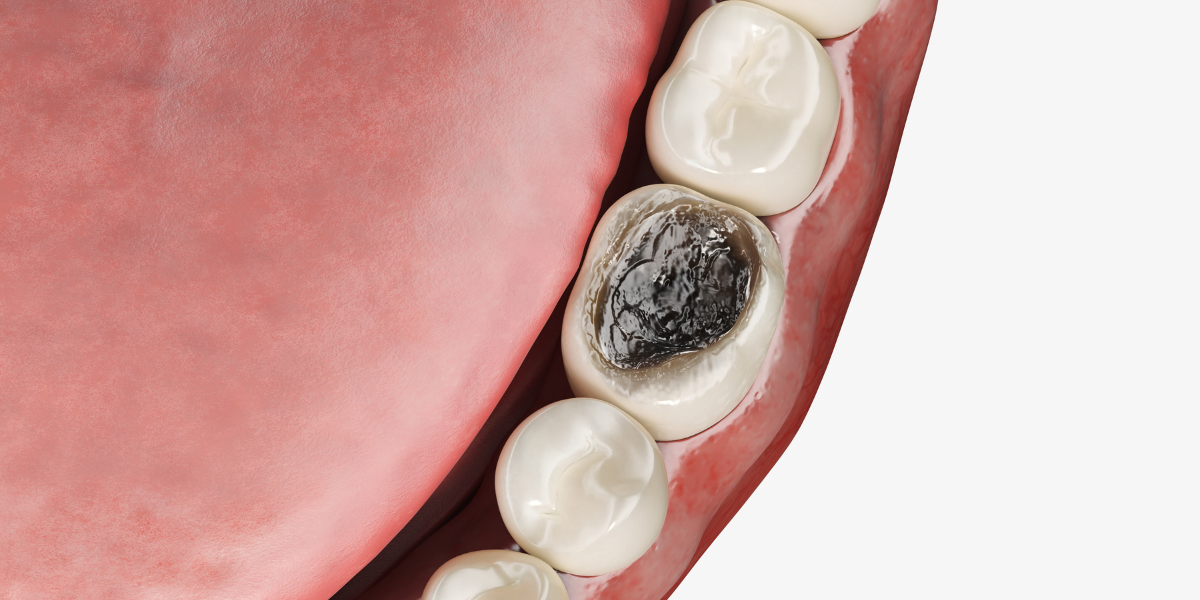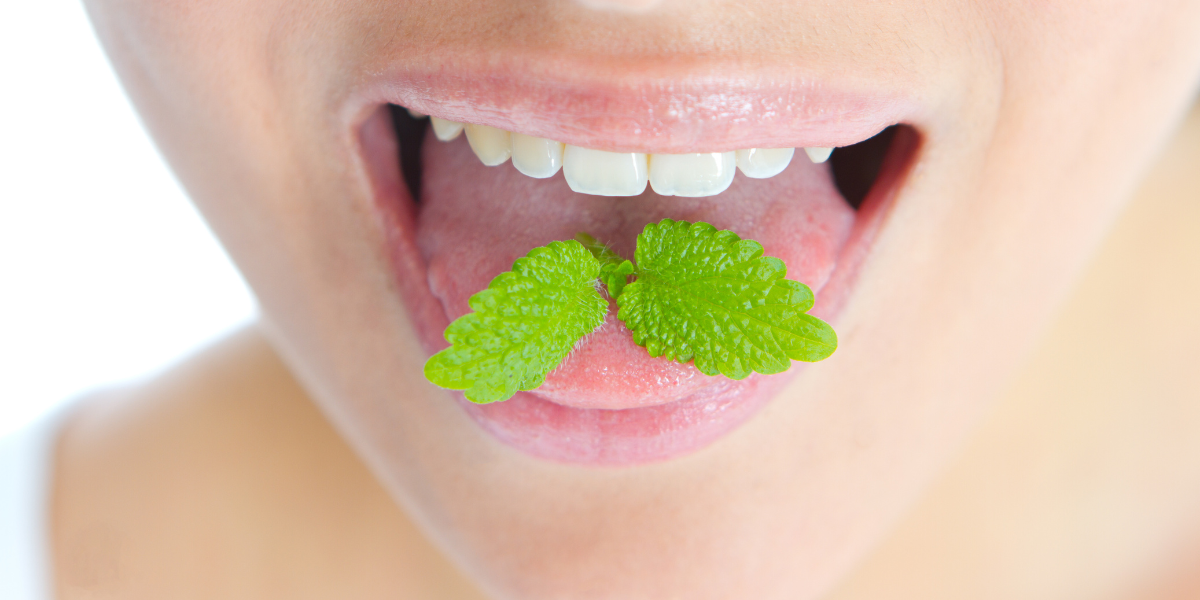Do Dental Probiotics Reduce Cavities? Clinical trial evidence and explanation

The body’s invisible network of microbes, or microbiome, is made up of helpful or “good” bacteria as well as detrimental or “bad” bacteria. The good bacteria actually fight off the bad, reducing detrimental effects & restoring balance. Introducing concentrated amounts of good bacteria in the form of oral probiotics is known to reduce decay & support immunity.
The human body is amazing and complex! Each organ system works together to do its part to keep us healthy and strong. You may consider your heart or your lungs when you think about your health, but have you given much thought to your microbiome, the incredible ecosystem of bacteria, fungi, and other tiny life forms that inhabit your body? Research has shown that the microbiome is associated with our gut, oral, and overall health [6]! Whether you have never considered oral probiotics before or have been using them for years, this article has good information on their benefits and the science behind them!
Bacteria play a crucial role in maintaining health. Even though microbes are undetectable to the human eye, our bodies are hosts to trillions of bacteria (9). Luckily, not all bacteria are bad. In fact, the presence of good bacteria within the body helps to inhibit the growth of disease-causing bad bacteria, and maintain balance among other types of microbes, such as fungus [5].
What you need to know about dental probiotics:
Safety is important!
Naturally, it is important to consider safety when introducing microorganisms into the body. Probiotics are formulated to include very specific types of bacteria. These bacteria have been tested for their safe interaction with human cells, their ability to decrease the growth of bad bacteria, as well as for antibiotic resistance [3]. The bacteria in quality probiotics will help to reduce bad bacteria growth, while not damaging your cells [3]. They are also not prone to developing a resistance to antibiotics[2].
Dental probiotics help to control bad bacteria and dental disease
The microorganisms in your microbiome are delicately balanced. When good bacteria are introduced, they can help to decrease the growth of bad bacteria. Some types of good bacteria do this by producing a special substance that fights against other types of microorganisms [1]. You can think of this as similar to the way antibiotics work against germs that are making you sick. This natural defense can help to decrease the types of bacteria that cause bad breath, cavities, and gum disease [1].
Research has shown that the special substances secreted by good bacteria help to lower the risk of cavities because of their ability to fight the specific types of bacteria that are known to cause cavities (7). Some studies have found that patients who are unable to maintain adequate plaque control, such as those with disabilities or those living in long-term care facilities, may benefit more from probiotics than someone who is able to brush and floss as recommended [8]. This population in particular stands to reap greater benefits in the management of intra-oral inflammation related diseases, including gingivitis and periodontitis, also known as gum disease [8].
Dental probiotics may reduce illness
In addition to decreasing dental disease, studies have shown that oral probiotics decrease the incidence of other types of illness, such as strep throat [4][10]. However, researchers have not found conclusive results regarding probiotics ability to prevent ear infections [4]. Even though researchers are continually discovering the ways in which dental probiotics can support health, there is substantial information already out there on how this type of supplement can help to protect you from illness. Life is all about balance, and your oral microbiome is no exception to that rule. If you are looking to keep your oral and overall health in check, good oral hygiene, such as frequent professional dental cleanings, and daily brushing and flossing are essential. Also, dental probiotics can help your body to help itself by regulating the balance between good and bad microbes!
References
- Amargianitakis, M., Antoniadou, M., Rahiotis, C., & Varzakas, T. (2021). Probiotics, prebiotics, synbiotics and dental caries. New perspectives, suggestions, and patient coaching approach for a cavity-free mouth. Applied Sciences, 11(12), 5472. https://doi.org/10.3390/app11125472
- Burton, J. P., Chilcott, C. N., Wescombe, P. A., & Tagg, J. R. (2010). Extended safety data for the oral cavity probiotic Streptococcus salivarius K12. Probiotics and Antimicrobial Proteins, 2(3), 135–144. https://doi.org/10.1007/s12602-010-9045-4
- Burton, J. P., Wescombe, P. A., Moore, C. J., Chilcott, C. N., & Tagg, J. R. (2006). Safety assessment of the oral cavity probiotic Streptococcus salivarius K12. Applied and Environmental Microbiology, 72(4), 3050–3053. https://doi.org/10.1128/AEM.72.4.3050-3053.2006
- Di Pierro, F., Donato, G., Fomia, F., Adami, T., Careddu, D., Cassandro, C., & Albera, R. (2012). Preliminary pediatric clinical evaluation of the oral probiotic Streptococcus salivarius K12 in preventing recurrent pharyngitis and/or tonsillitis caused by Streptococcus pyogenes and recurrent acute otitis media. International Journal of General Medicine, 5, 991–997. https://doi.org/10.2147/IJGM.S38859
- Mundula, T., Ricci, F., Barbetta, B., Baccini, M., & Amedei, A. (2019). Effect of probiotics on oral candidiasis: A systematic review and meta-analysis. Nutrients, 11(10), 2449. https://doi.org/10.3390/nu11102449
- Pflughoeft, K. J., & Versalovic, J. (2012). Human microbiome in health and disease. Annual Review of Pathology, 7(1), 99–122. https://doi.org/10.1146/annurev-pathol-011811-132421
- Poorni, S., Nivedhitha, M. S., Srinivasan, M., & Balasubramaniam, A. (2022). Effect of Probiotic Streptococcus salivarius K12 and M18 Lozenges on the Cariogram Parameters of Patients With High Caries Risk: A Randomised Control Trial. Curēus (Palo Alto, CA), 14(3), e23282–e23282. https://doi.org/10.7759/cureus.23282
- Schlagenhauf, U., & Jockel-Schneider, Y. (2021). Probiotics in the management of gingivitis and periodontitis. A review. Frontiers of Dental Medicine 2(708666). https://doi.org/10.3389/fdmed.2021.708666
- Sender, R., Fuchs, S., & Milo, R. (2016). Revised Estimates for the Number of Human and Bacteria Cells in the Body. PLoS Biology, 14(8), e1002533–e1002533. https://doi.org/10.1371/journal.pbio.1002533
- Tagg, J. R., (2004). Prevention of streptococcal pharyngitis by anti-Streptococcus pyogenes bacteriocin-like inhibitory substances (BLIS) produced by Streptococcus salivarius. Indian Journal of Medical Research, 119 Suppl, 13–16. https://pubmed.ncbi.nlm.nih.gov/15232154/


